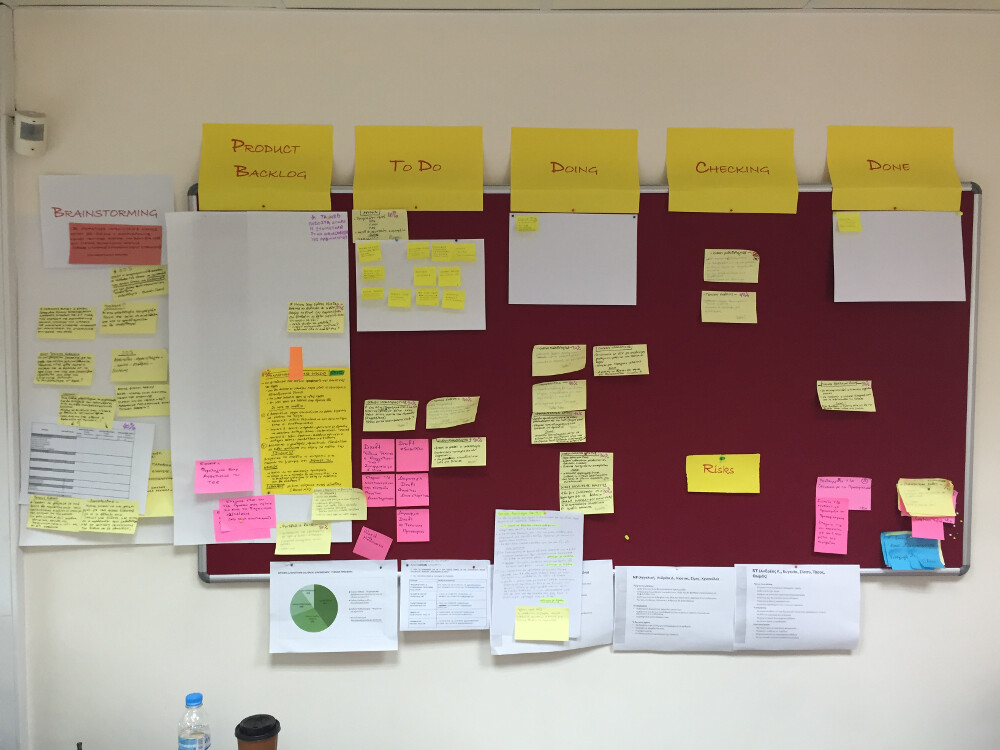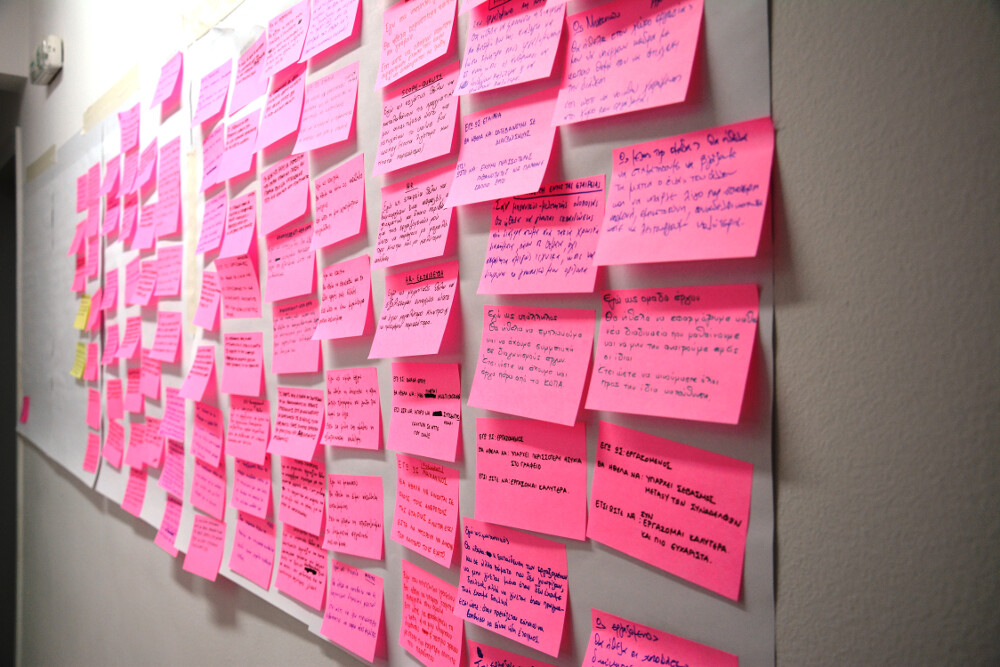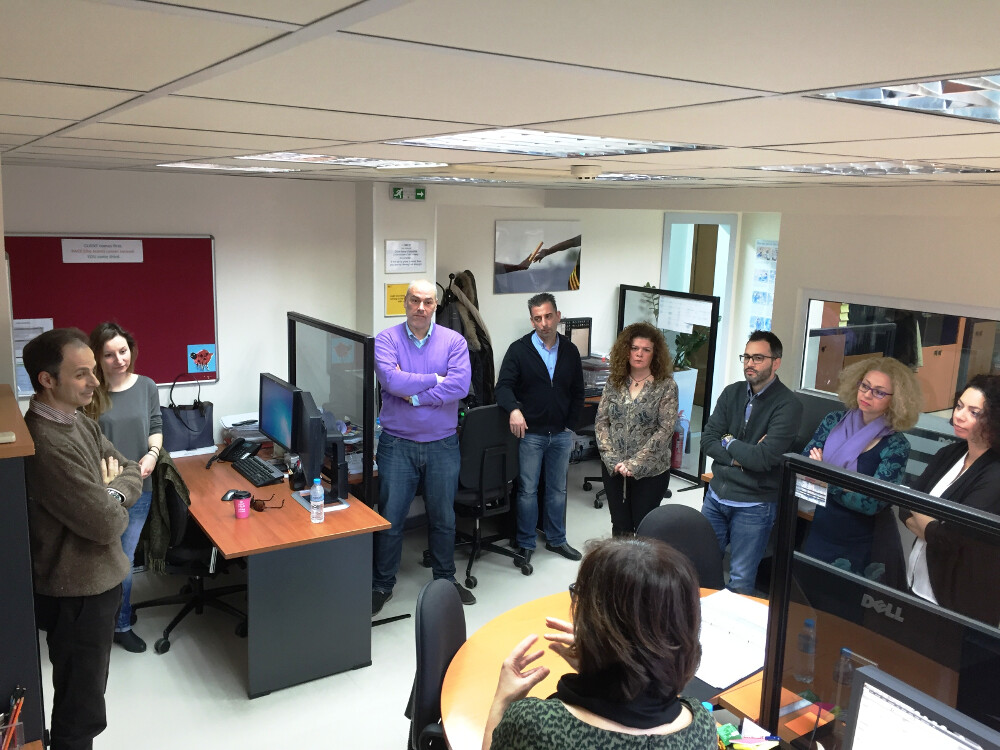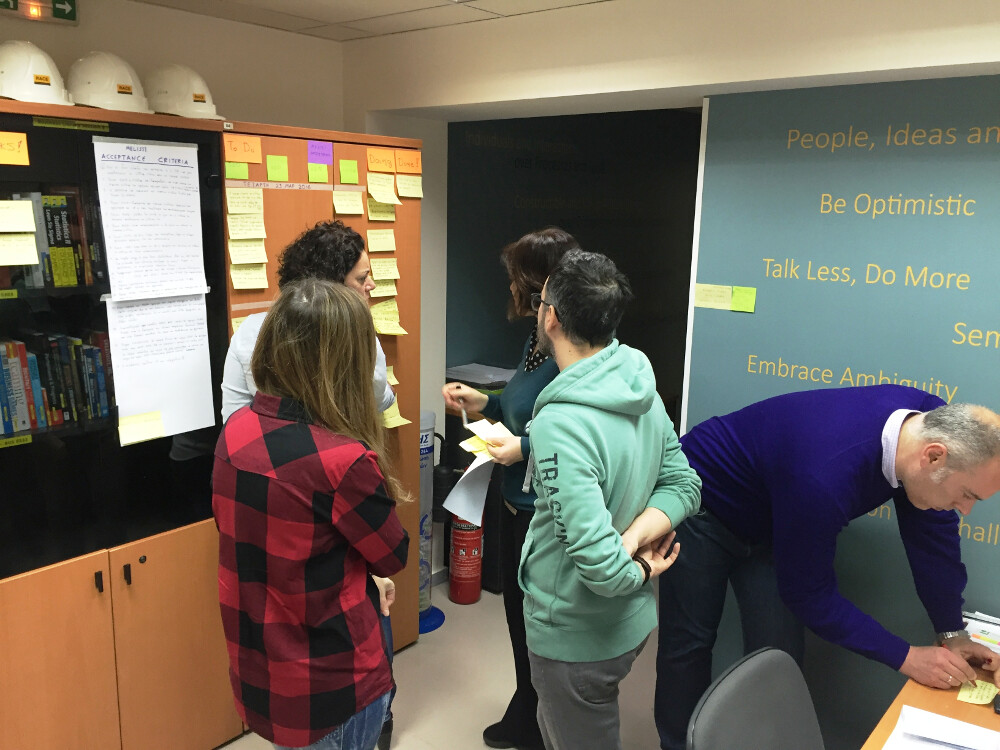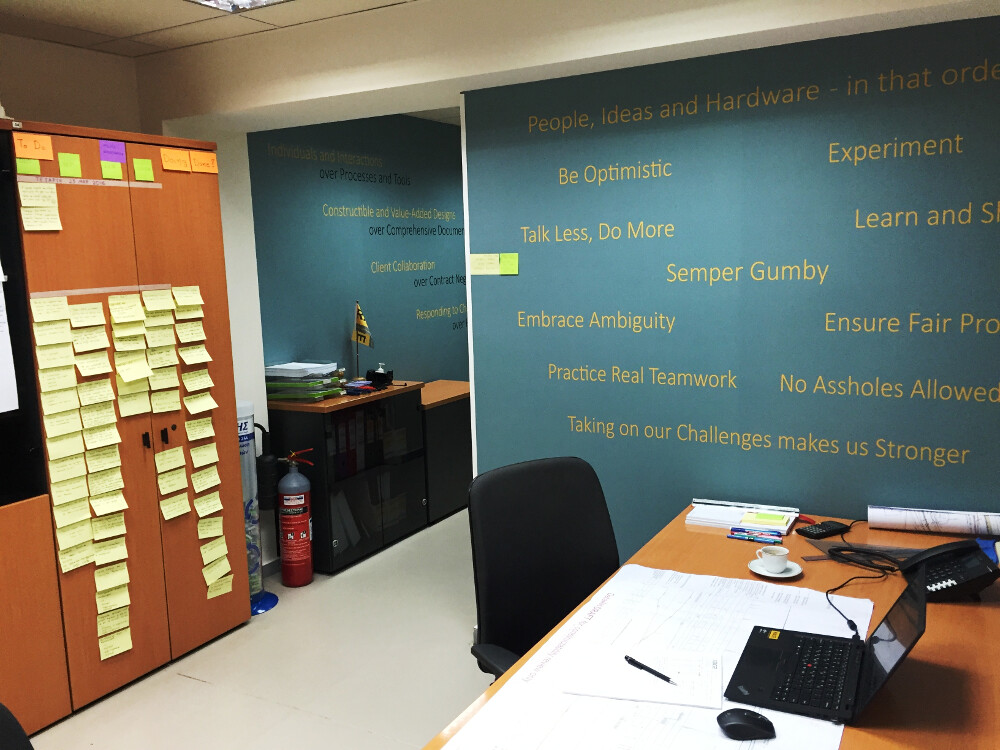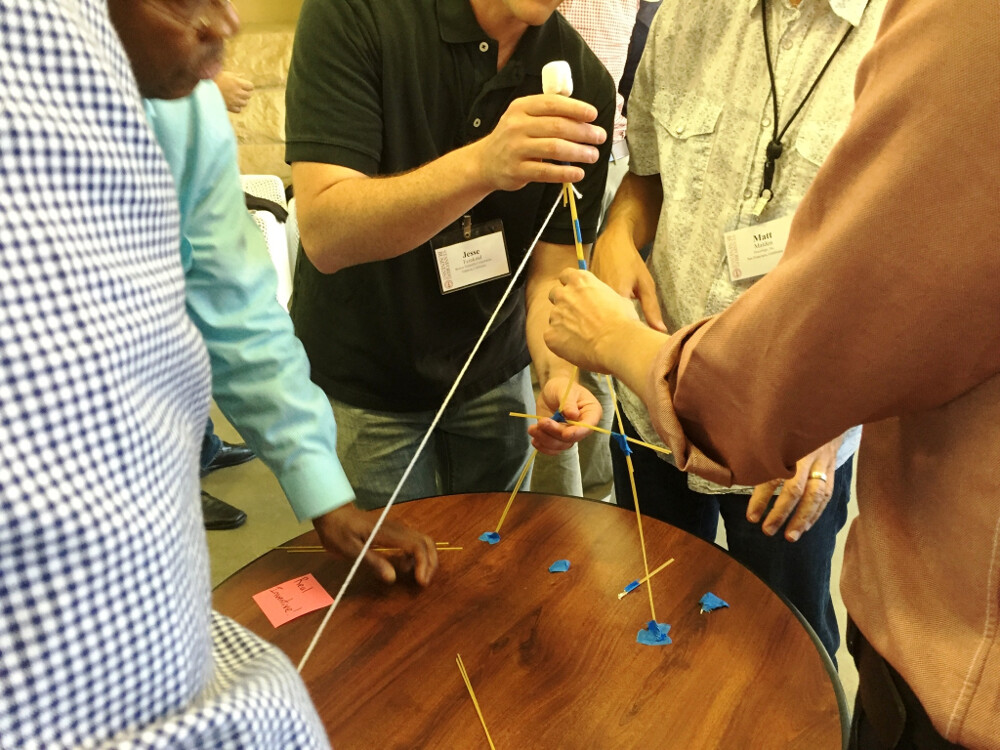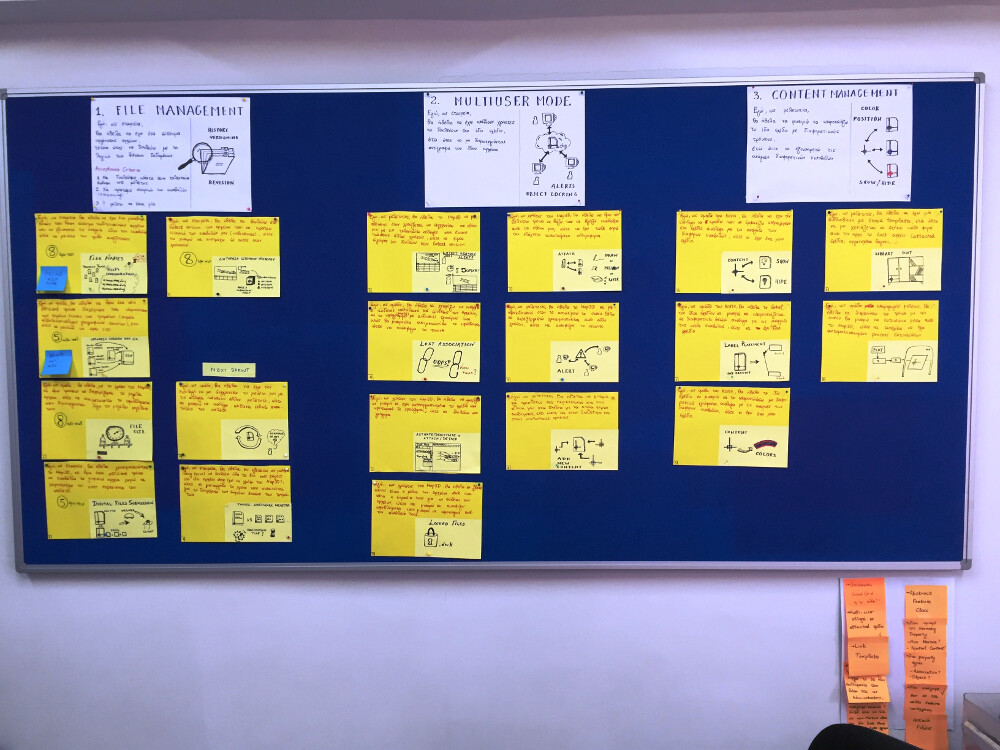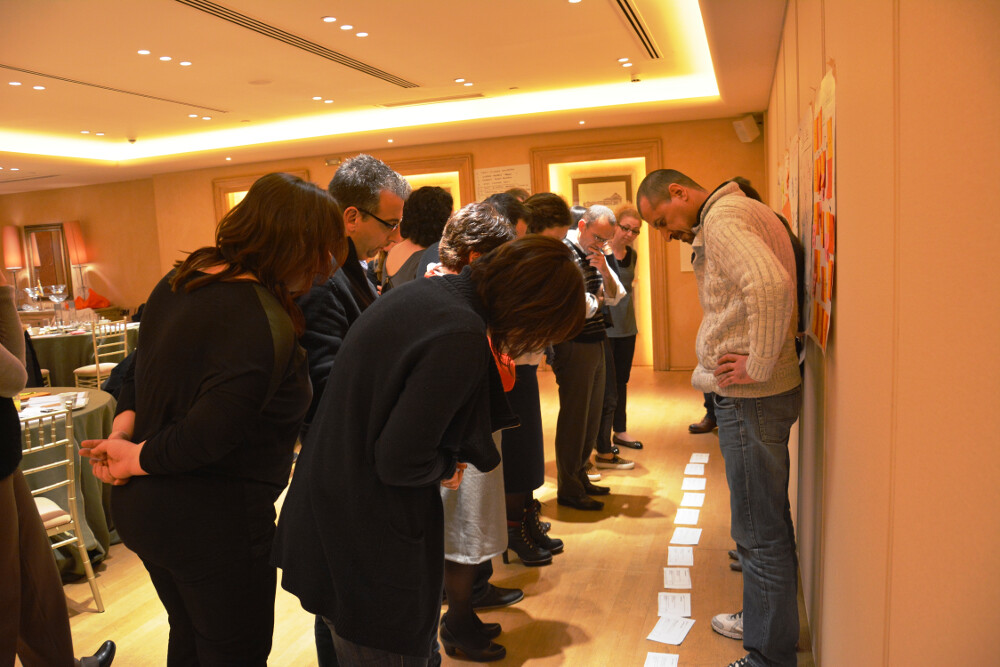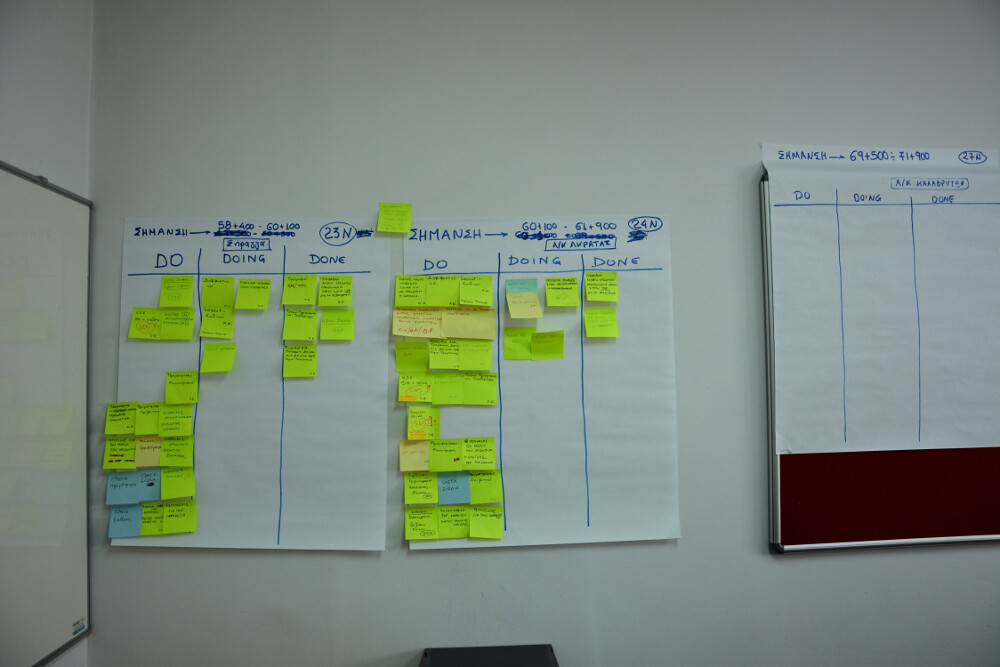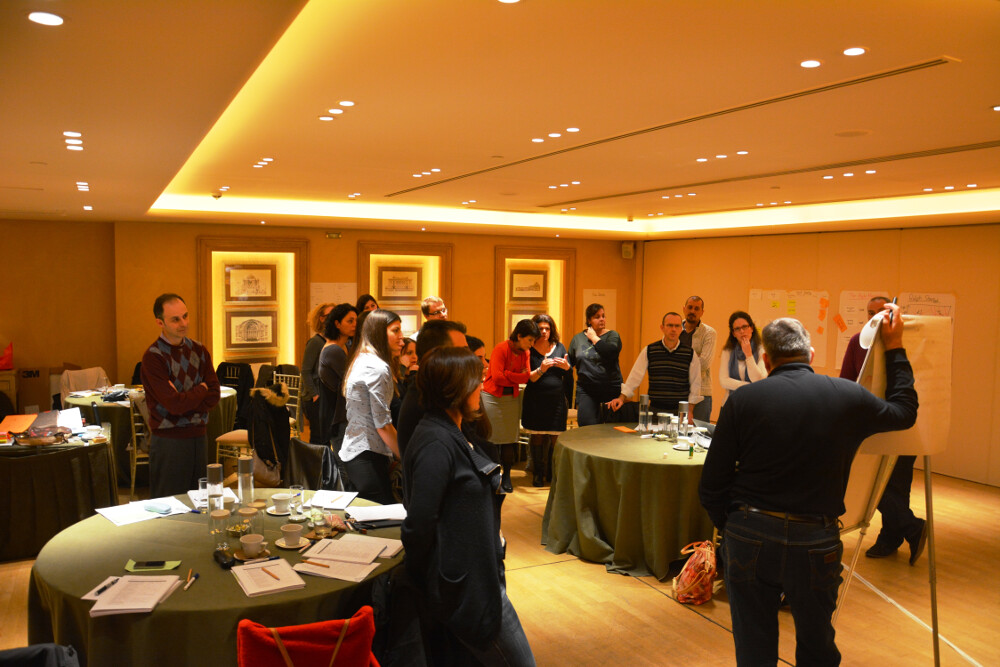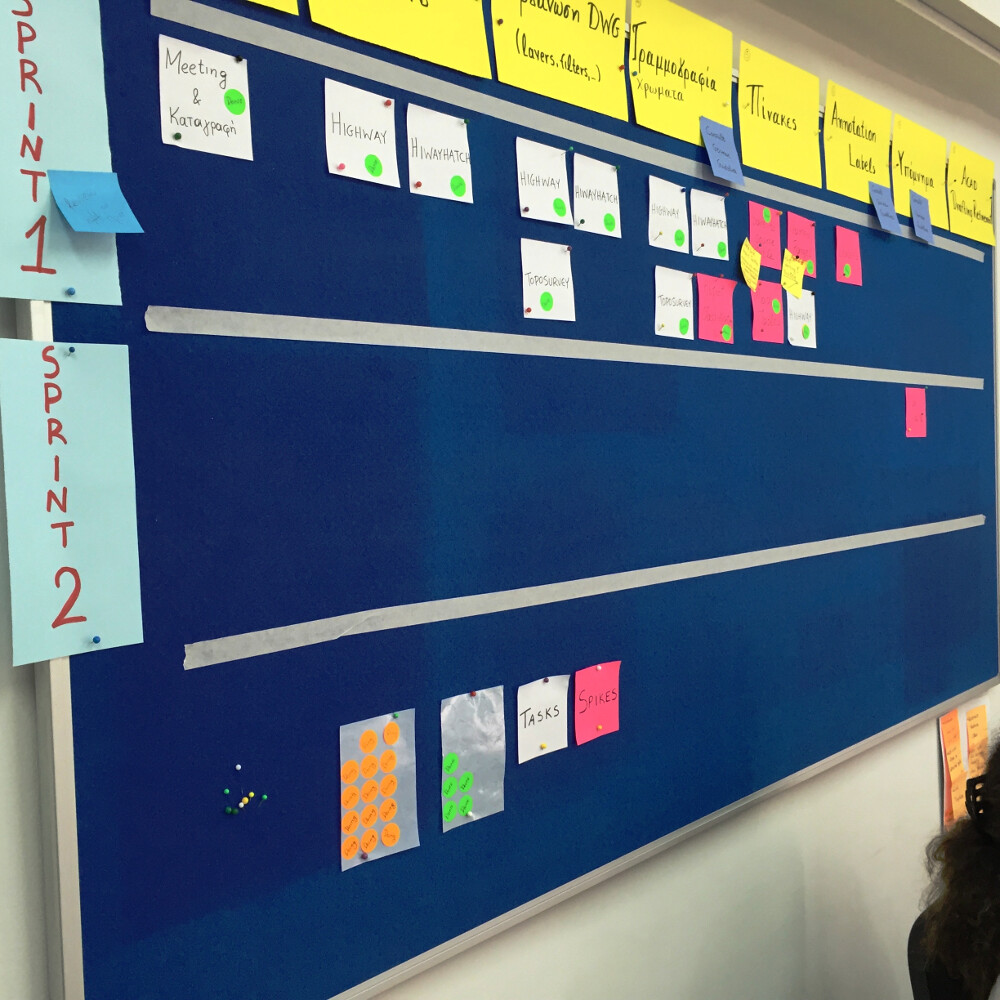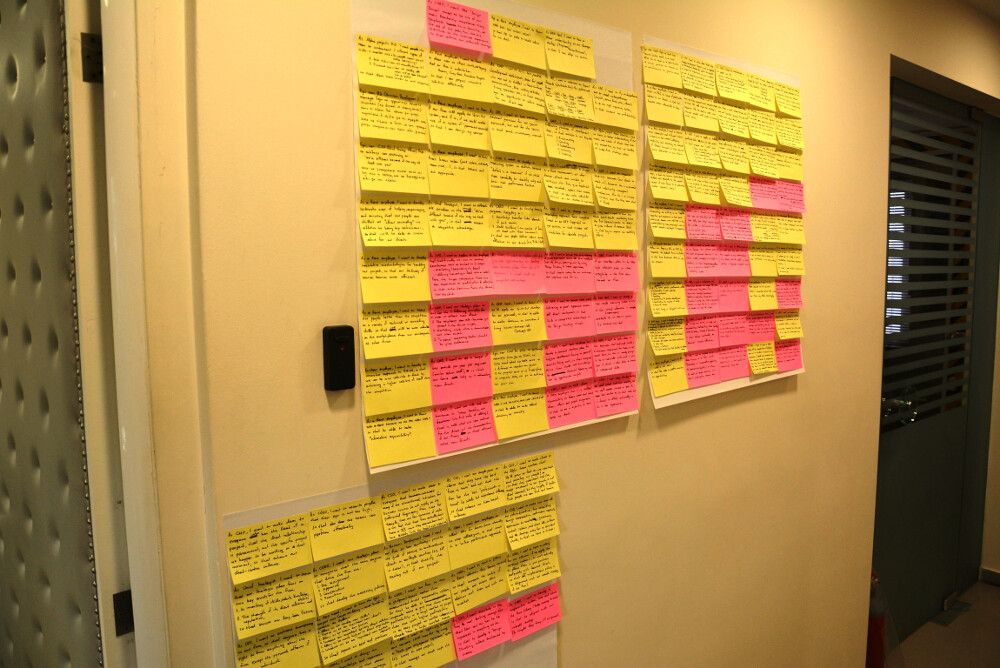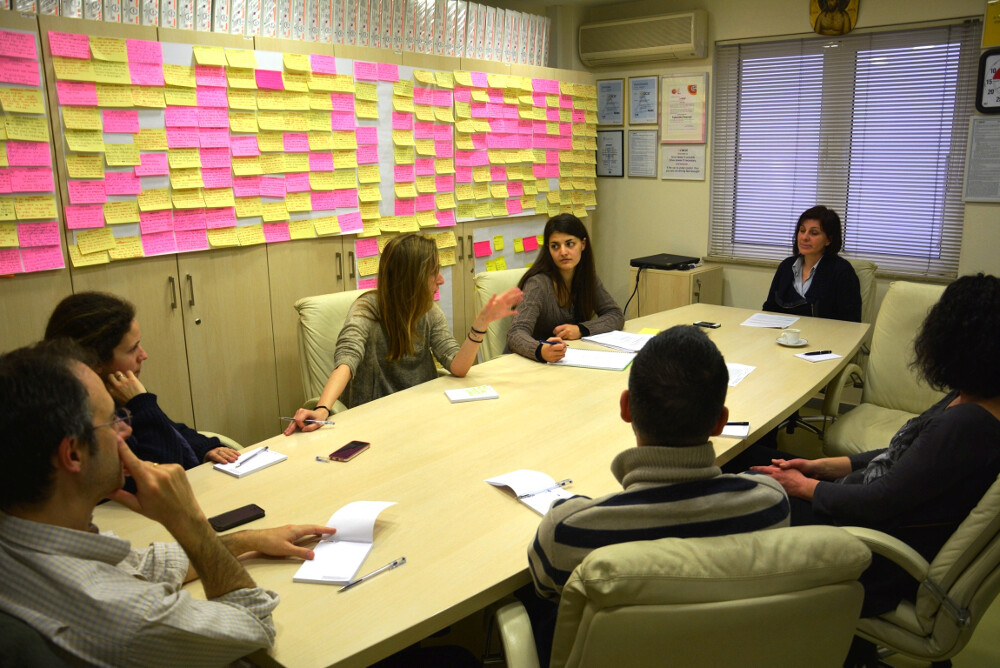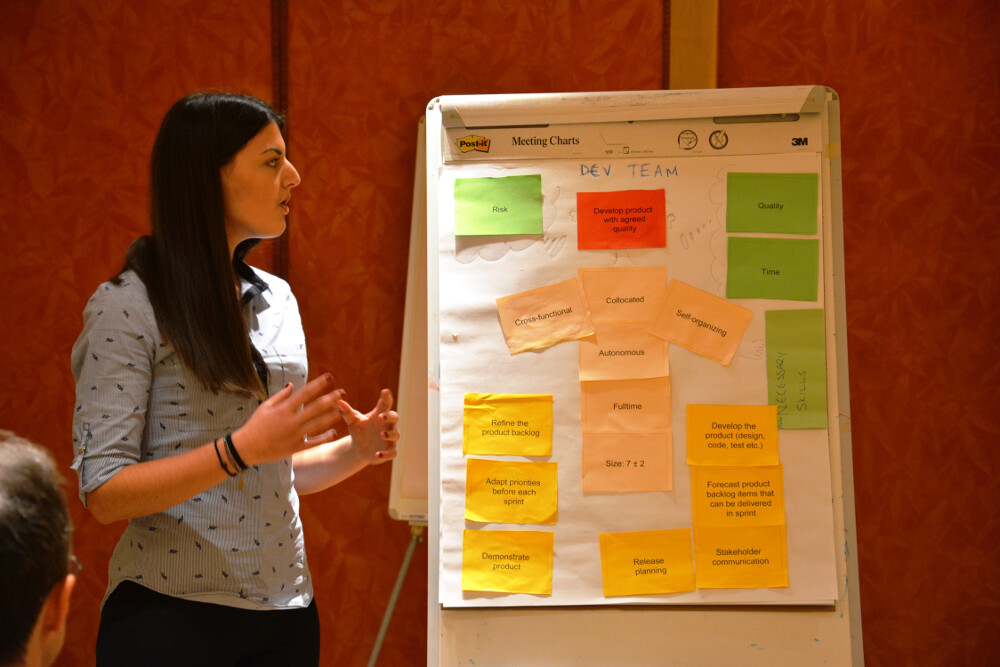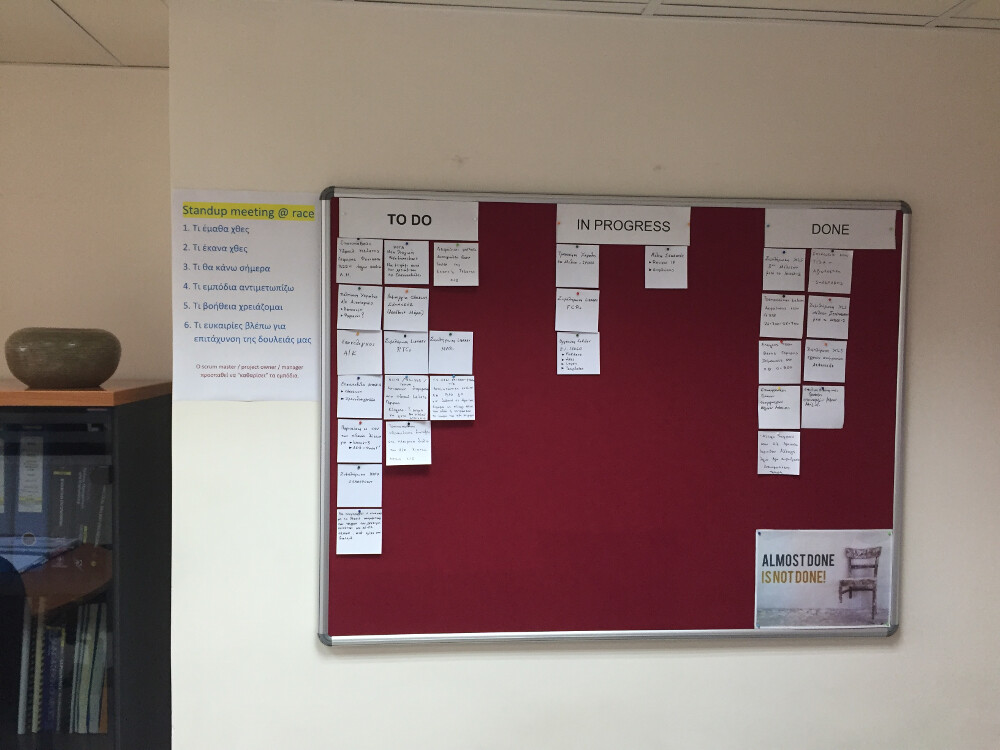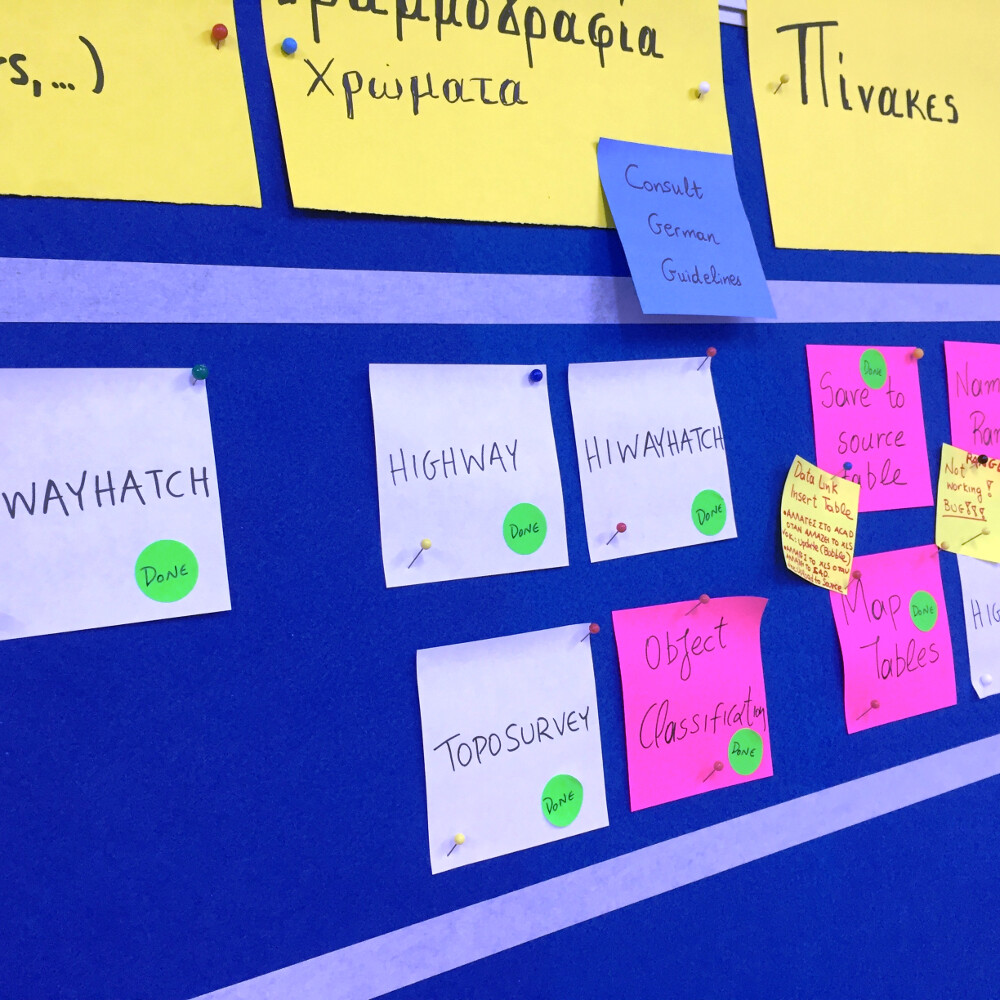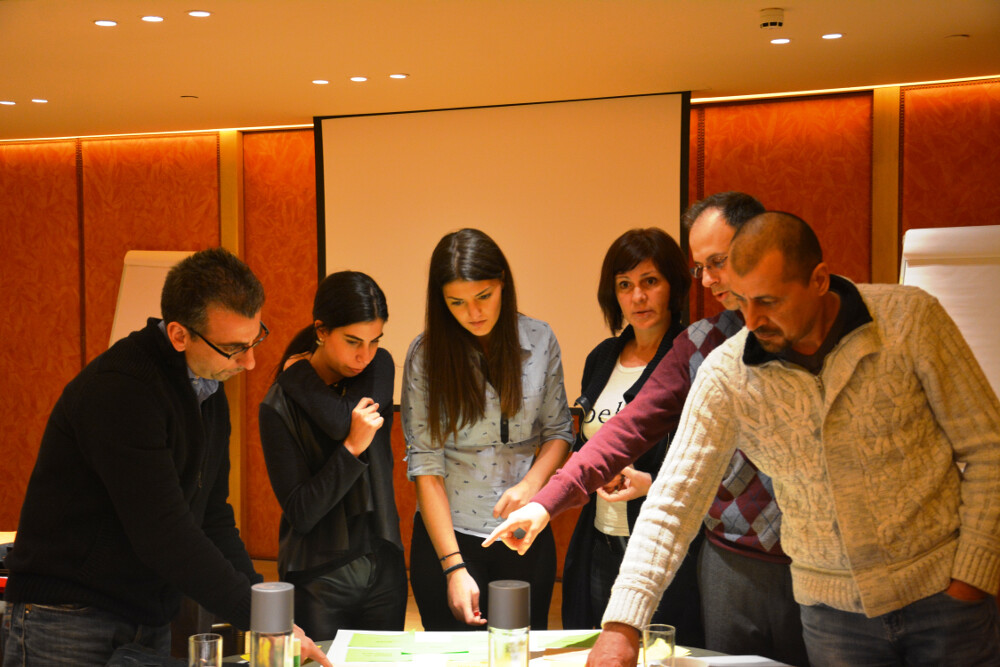Design Thinking & Scrum
Design Thinking & Scrum
Design Thinking is the ideal framework for us to use, because it focuses on developing deep empathy for clients and creating solutions that will match their needs - as opposed to just dreaming up and delivering transportation designs for designs’ sake.
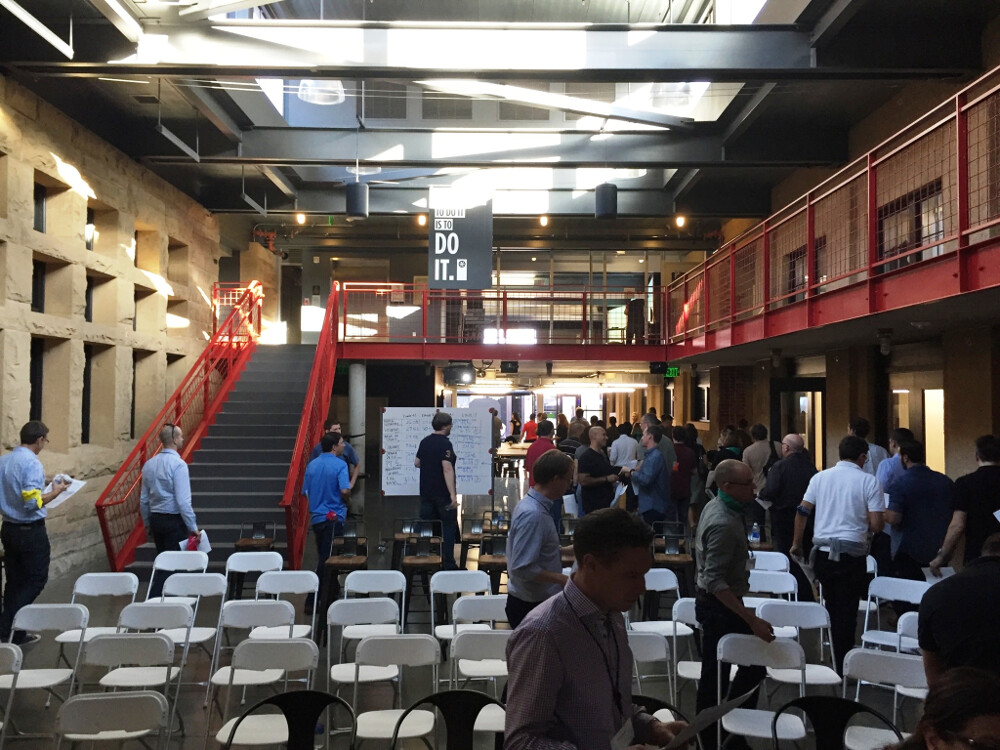
Design thinking is a formal method for practical, creative resolution of problems and creation of solutions, with the intent of an improved future result. In this regard it is a form of solution-based or solution-focused thinking – starting with a goal (a better future situation) instead of solving a specific problem.
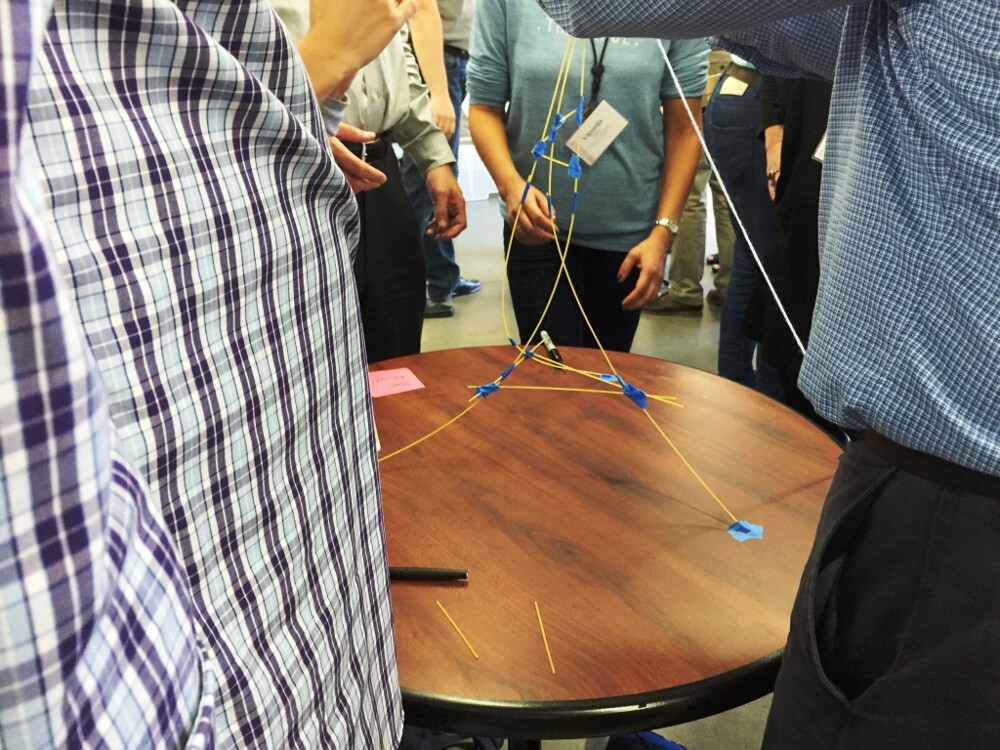
Design thinking identifies and investigates with known and ambiguous aspects of the current situation to discover hidden parameters and open alternative paths that may lead to the goal.
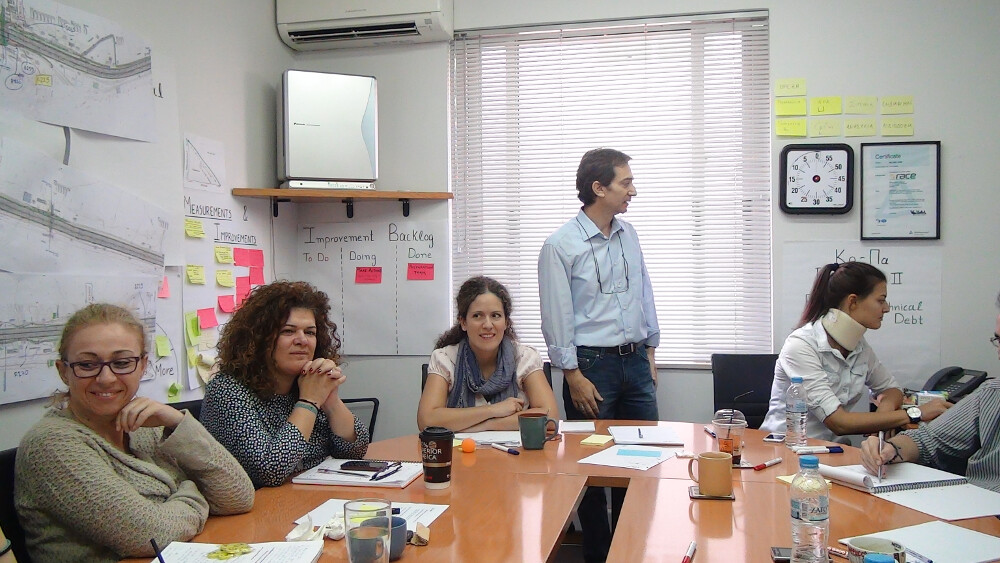
Scrum is a framework within which people can address complex adaptive problems, while productively and creatively delivering products of the highest possible value. Scrum is lightweight, simple to understand, difficult to master.
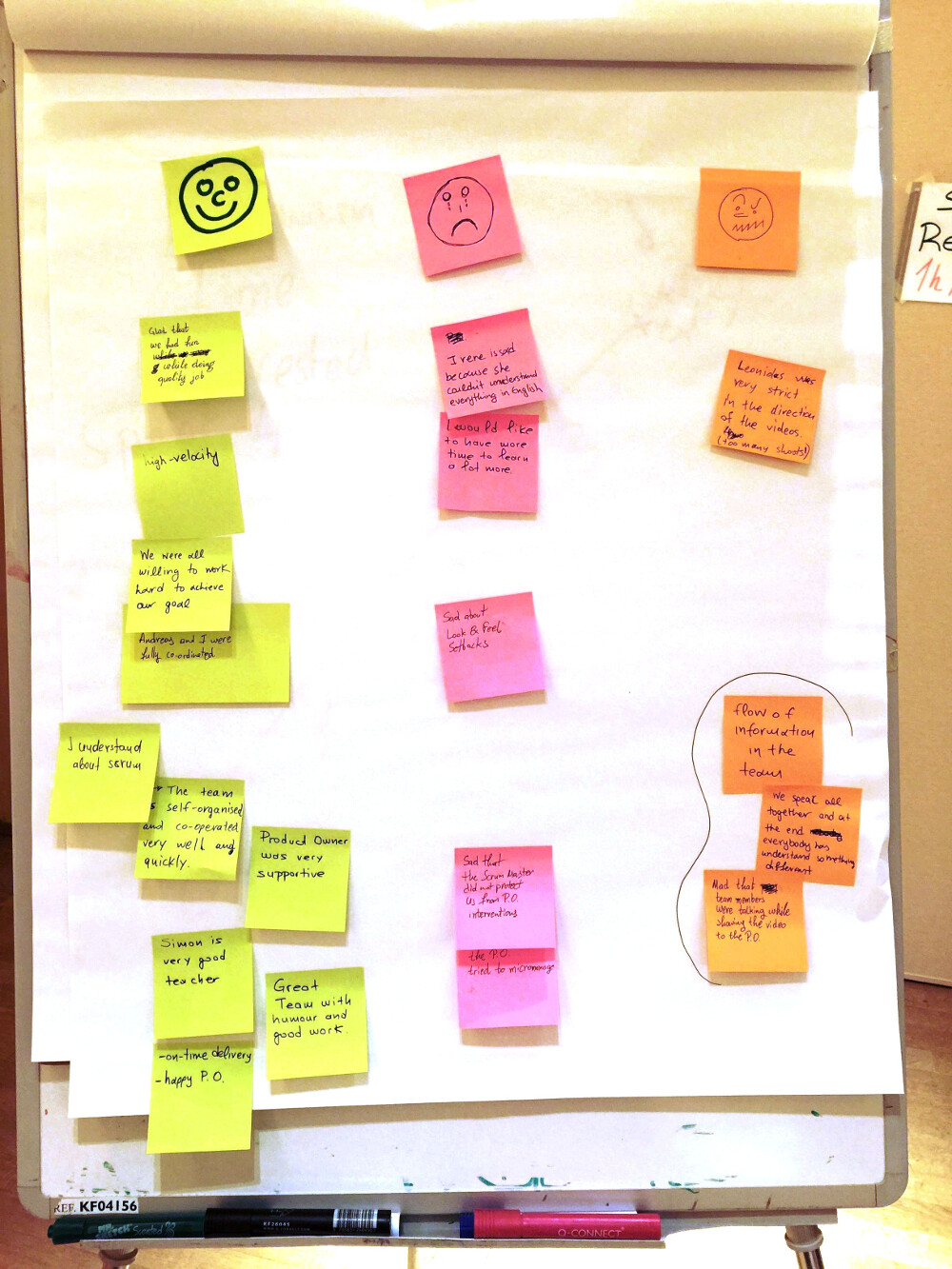
Scrum emphasizes creative and adaptive teamwork in solving complex problems; Lean development focuses on the continual elimination of waste; Kanban concentrates on reducing lead times and the amount of work in process (lead time = the total time the client is waiting for an item to be delivered).
